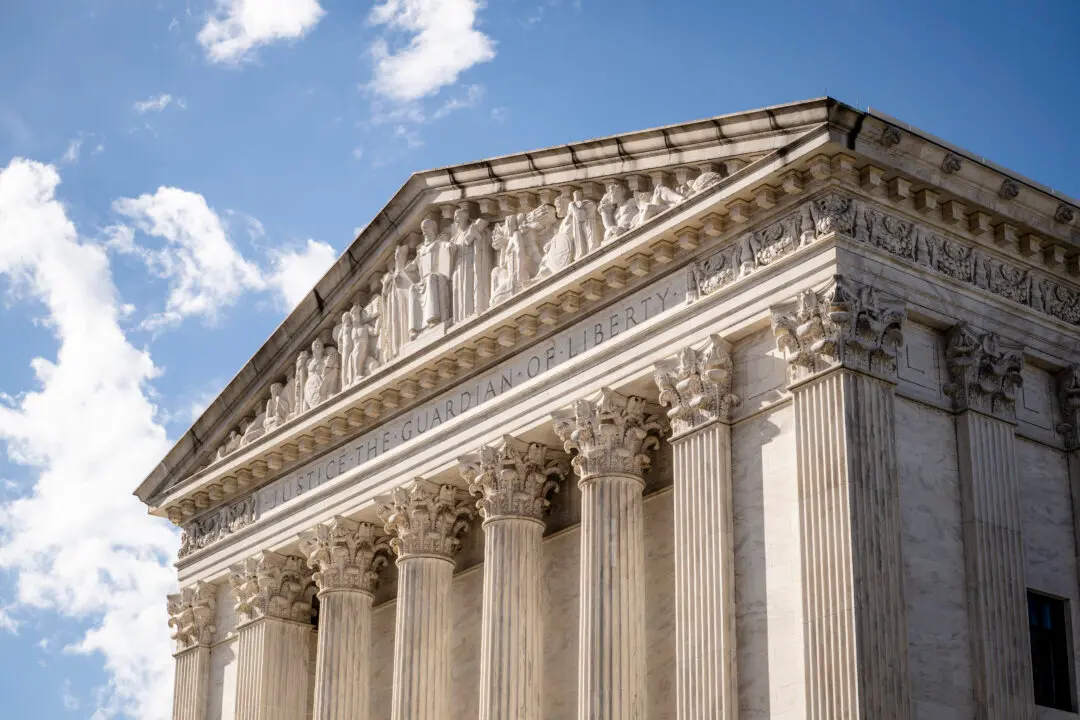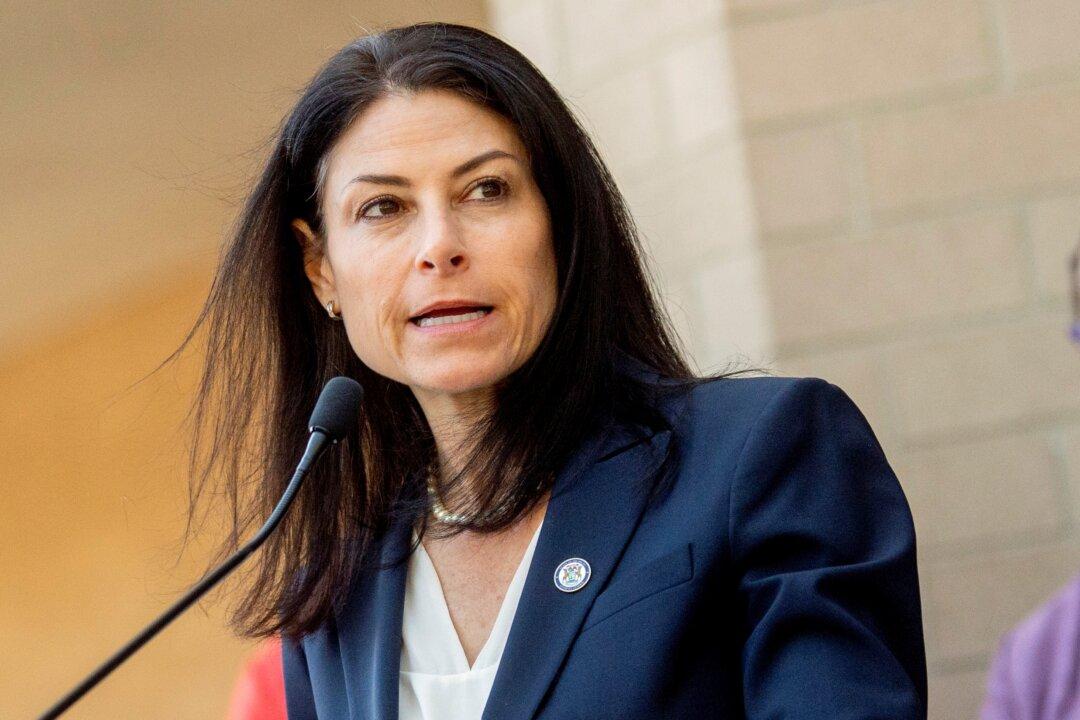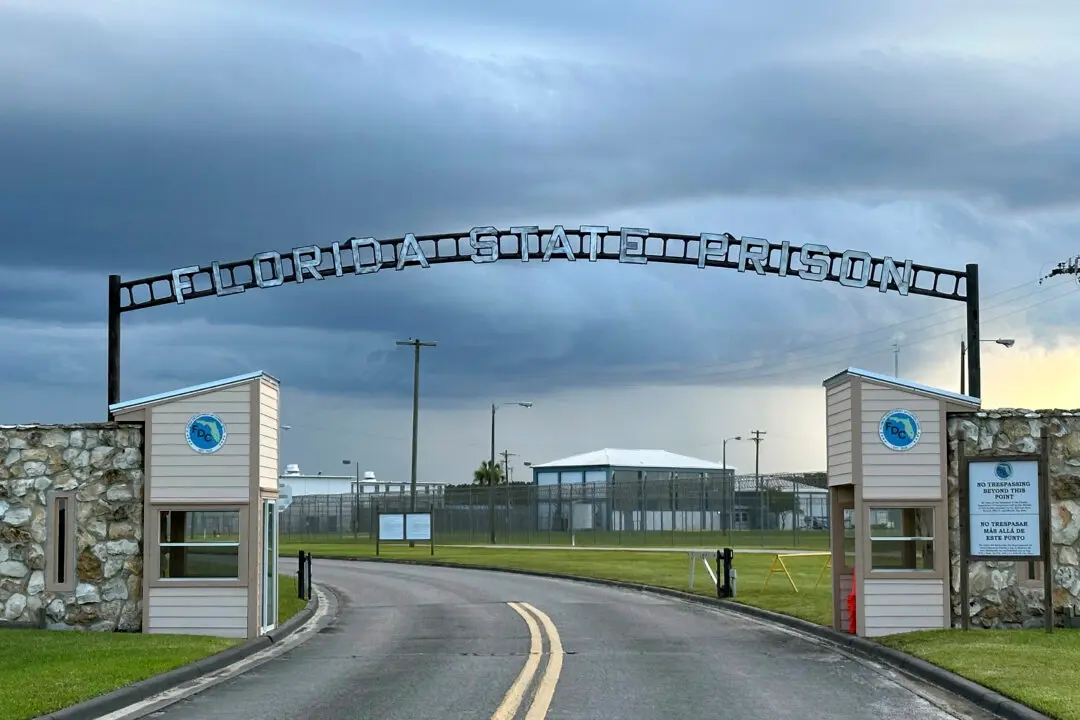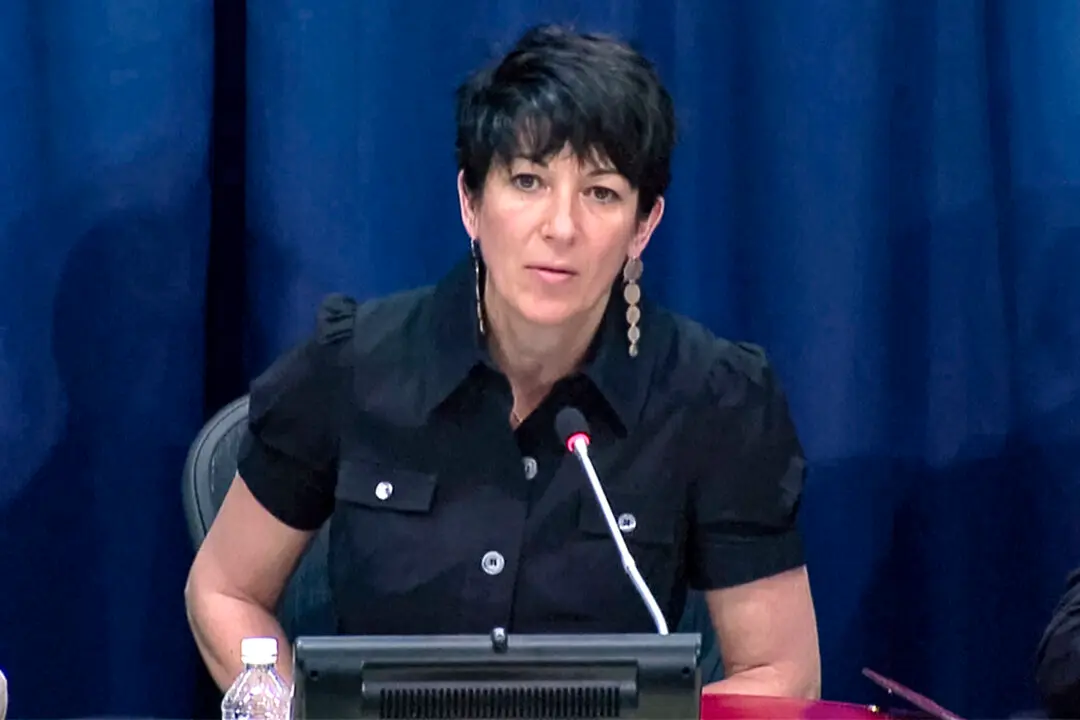Voters casting their ballots in the midterm congressional election appear on track to smash midterm election early voting records from recent decades, according to the University of Florida Elections Project.
Early voter turnout in 29 states and the District of Columbia now exceeds the total early vote in the last midterm congressional elections in 2014. In three hotly contested states—Arizona, Nevada, and Texas—the early vote total this year exceeds the total vote count from early voting plus Election Day voting in 2014.




